While Gazprom is leading gas through Mongolia to China, the Russian Far East is forced to wait for it as an impossible dream.
The level of gasification of the Far Eastern Federal District is still very low. And yet, every year, federal officials say that the entire Far East will soon switch to gas.
As of January 1, 2020, the Far East is gasified by only 12%. Not so long ago, the Government of the Russian Federation reported on the beginning of gas supplies from Russia to China through Mongolia. And what do residents of the Far East have from this? Bad with gas in Primorye, in the Amur region, in the Jewish Autonomous Region. Maybe they forgot about the gasification of the Far East at all?
In addition, I want to once again remind you how Gazprom's subsidiary Gazprom Mezhregiongaz works according to what opaque schemes: the office still bears the sad legacy of its long-term leader Kirill Seleznev. And although Mr. Seleznev has already left Gazprom Mezhregiongaz, it seems that his "ghost" is still wandering the "pipes" of the gas company.
Why does the Far East, despite the gas wealth of the Russian Federation, still live without "blue gold"?
The correspondent of The Moscow Post in the Far Eastern Federal District understood the problem.
Asked to wait until 2030
Nevertheless, in mid-October 2020, a decree appeared on the website of the Government of the Russian Federation on the development of a gasification plan for the Far East. Deputy Prime Minister Yuri Borisov, Ministry of Energy, Gazprom, Rosneft and Novatek are responsible for this.
They promise to gasify the Far Eastern Federal District by 2030.
But so far there are several talking numbers: in the Khabarovsk Territory, the gasification level is about 20%. From 2021 to 2025, they plan to invest 5.49 billion rubles in the wiring of gas pipelines and providing the region.
In Primorsky Krai, the level of gasification is even lower - 10.4%. Again, they promise to invest 1.9 billion rubles in gasification in the coming year.
In Yakutia, 34.3% of the population is provided with centralized gas supply. The authorities of Yakutia concluded an agreement with the head of PJSC Gazprom, according to which about 9 billion rubles will be invested in the construction of new gas pipelines and boiler houses, but by 2025.
On Sakhalin, about 14 gas distribution facilities were commissioned.
In rural areas, it was planned to transfer about 33 thousand households and 37 boiler houses to gas. But in the end, these plans stalled due to mistakes. By the end of 2019, the congestion of inter-village gas pipelines only slightly exceeded 25%. It turned out to be very unprofitable for the supplier.
"Twins" on gas
In the Trans-Baikal Territory, the gasification indicator is one of the lowest - only 7%. Gasification options for this region are being considered at the federal level. In the spring of 2020, they discussed the option of building a branch from the Power of Siberia gas pipeline with a length of more than 1.6 thousand kilometers. The second option is the construction of a branch from the Irkutsk-Ulan-Ude-Chita gas pipeline, which is powered by the Kovykta gas condensate field. The length of this route is 2.2 thousand km.
But the chances that these "Napoleonic" plans will come to fruition are slim.
As Alexander Novak noted, when he was still the Minister of Energy, Trans-Baikal gas pipelines are very expensive projects.

Alexander Novak, former energy minister
In the Amur region there is no gas at all. But in the fall of 2020, Gazprom and the government of Amur Region signed the first program for the development of gas supply and gasification of the region for 2021-2025 years. The document was signed by the head of Gazprom Alexei Miller and Governor Vasily Orlov. Until 2025, the Amur Region is promised to gasify from zero to 11.6%. But it's chicken to laugh!
In the Magadan region, gasification is mainly only said. The region has already been included in the gasification program of the Far East. This did not bring results. In 2015, the region was going to be supplied with liquefied gas, but during the implementation of this project there were many problems.
Today, the authorities are developing a gas production strategy directly in Kolyma, but the future of this project is vague.
Unwanted projects?
So, gasifying the Far East is simply unprofitable?
And for Gazprom, selling gas to foreign markets is much more profitable than selling it inside Russia. And although today the profitability of the external market fell, as gas prices fell seriously, so Gazprom seemed to begin to work more energetically in the domestic market, but the Far East did not affect this process.
In addition, population outflows continue from the Far East.
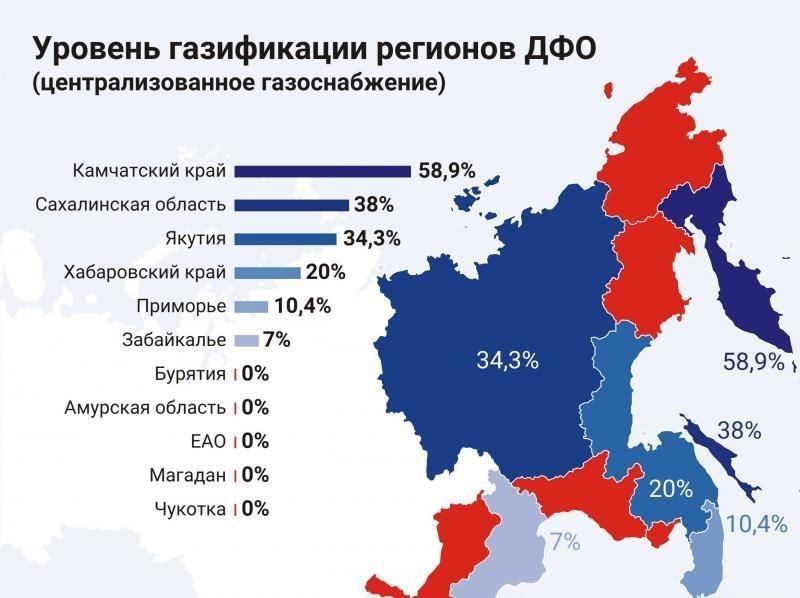
It is clear that Gazprom is more profitable to conduct gas where many people live. And in the Far East, the population density is also low.
Gazprom is much more willing to work in densely populated areas, for example, in the Moscow or Tyumen regions. And there are much shorter payback periods: in the Far East they can be decades.
Gasification of Sakhalin
It is unlikely that Gazprom will keep its word - until 2026, provide 84% of the population of the Sakhalin Region with blue fuel, since it has again postponed the development of the Yuzhno-Kirinsky field on the Sakhalin Island shelf. This "stop on the way" will lead to a delay in the implementation of the project of the main gas pipeline (MGP) "Power of Siberia-3."
Gazprom's subsidiary, Gazprom 335 LLC, should become the contractor for the project. But now the construction period of the Yuzhno-Kirinsky oil and gas condensate field on the Sakhalin shelf has been shifted to 2024. This slowdown may stretch the implementation of Gazprom's plans to export natural gas to China from the Far East, but most of all - gasification of the Sakhalin Region.
Residents of Sakhalin are already tired of waiting for promises. And they habitually harvest firewood. But Sakhalin Island is so rich in gas that it is already inconvenient to ask: and when, finally, will the region receive the "blue fuel," which from here in huge gas tankers sails to South Korea, Japan and China?
Why is Gazprom not particularly fussed in order to provide gas to our compatriots in this far corner of Russia?
Recall that this issue was decided by three governors - Alexander Khoroshavin (arrested in 2015), Oleg Kozhemyako (ruled until 2018) and the current "Varangian" Valery Limarenko.
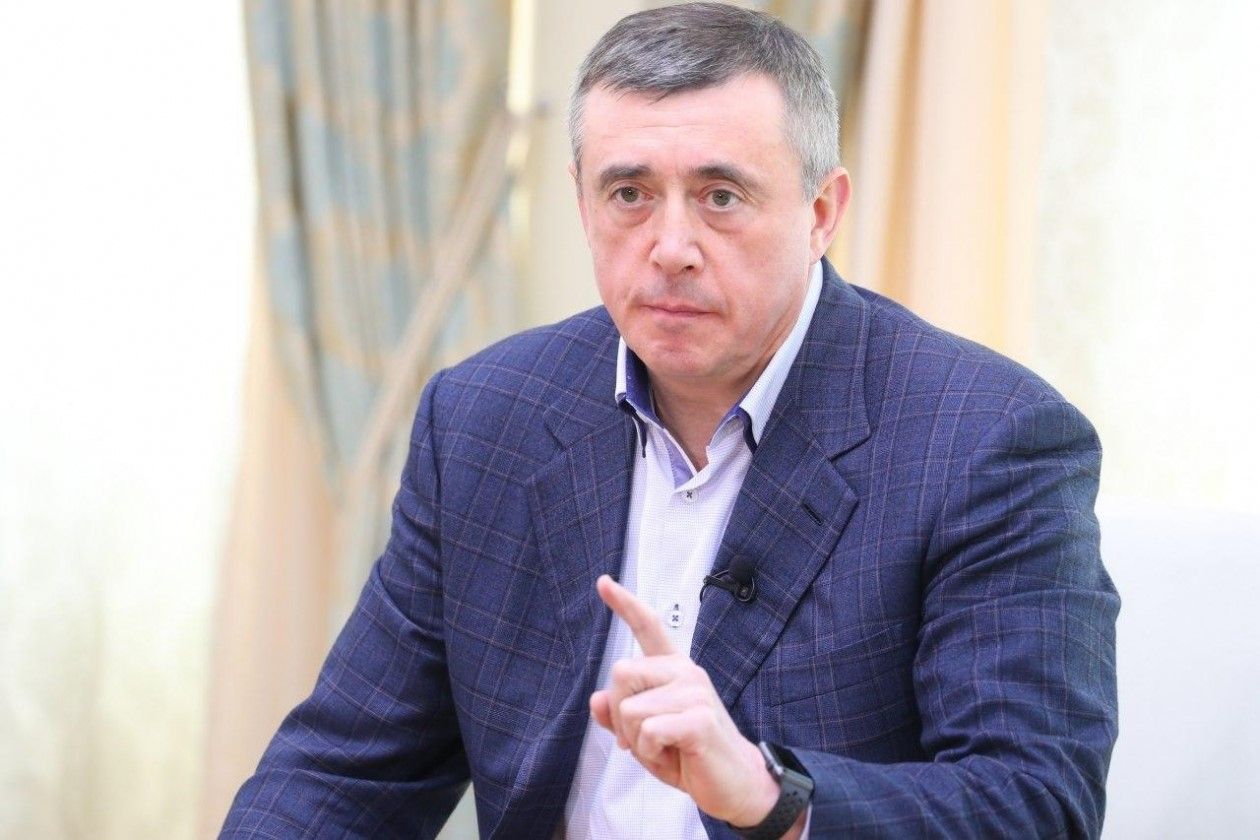
Valery Limarenko, Governor of the Sakhalin Region
True, Mr. Limarenko seriously promises to gasify Sakhalin in the next 2 years.
Tenders of Gazprom Mezhregiongaz
But there is also the second side of the coin when supplying gas to the regions. And this side of the medal entirely depends on Gazprom's daughter, Gazprom Mezhregiongaz. For a long time, this office was managed by the notorious top manager Kirill Seleznev. The Moscow Post previously wrote about him in a journalistic investigation of "Seleznev from a Big Road".
Today, Gazprom Mezhregiongaz provides supply to consumers through 48 subsidiaries. The company supplies gas to the regions. And sends blue fuel to dozens of industrial enterprises. The company employs about 200 thousand people. And such a structure constantly requires both goods and various services. That is why a scheme for the purchase of goods and services through an electronic site was introduced.
The investigation now and then revealed schemes in which the same offices that do not produce anything fit into the tender "trough."
Mr. Seleznev had it all on a big foot!
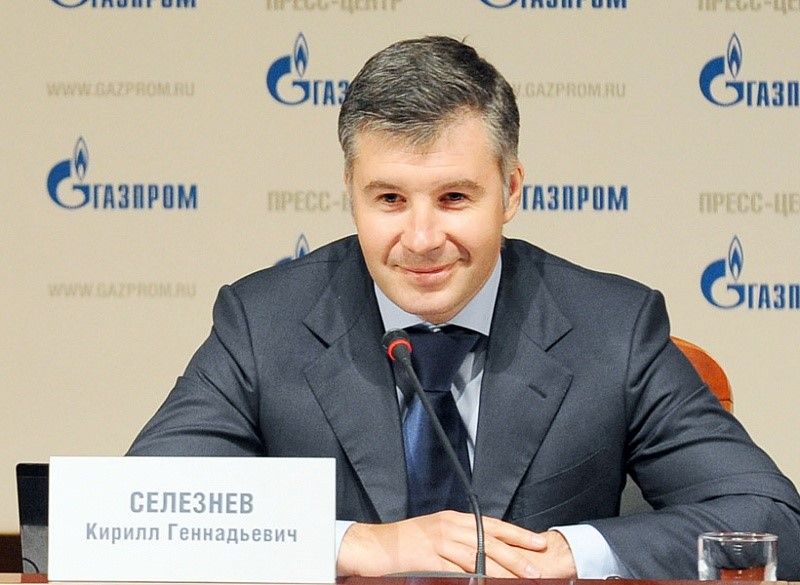
The same offices constantly win Gazprom's tenders. And organize the supply of goods and services at prices exceeding the average market by 30%.
And everything seems to be clean: there are documents on the cost and origin of goods and services, but these goods are purchased from producing organizations, and goods and services are ordered under subcontracts. And thus, by the way, hundreds of millions of dollars can evaporate from Gazprom for more than a year.
But on the other hand, Gazprom nods at a constant lack of money. And every year raises gas prices by 10-15%. Over the past 5 years, the cost of gas for Russians has doubled!
In the hands of Cyril Seleznev, huge money was concentrated. Only the parent structure earned almost 900 billion rubles. And placed orders for half a trillion rubles a year.
But there are also Gazprom gas distribution, Gazprom Gazenergoset, and dozens of regional distribution companies in which trillions spin. In addition, Seleznev sat on the Boards of Directors of both Gazprom Bank, Gazprom Neft, and Inter RAO, and in Mosenergo.
And gas consumers, as our readers write to the editorial office, have to sue Gazprom Mezhregiongaz LLC for years, which accuses their consumers of stealing gas.
Recall also how many years the same Far East is waiting for "blue fuel."
And people still drown both wood and straw, while people like Seleznev continue to pack their bottomless pockets using some schemes...
Under sanctions wrapped in Mongolia
But back to the Far East.
Experts say that the Sakhalin-3 project provides for the construction of the Sakhalin-Khabarovsk-Vladivostok gas pipeline (Power of Siberia-3) for gasification of the Khabarovsk and Primorsky territories and for gas supplies to China.
Recall that in 2015, the South Kirinskoye oil and gas condensate field fell under US sanctions. And this made development impossible: access to foreign equipment suppliers was blocked.

Gazprom decided to create and use a domestic underwater mining complex (MPC) at the field. And due to interest-free loans allocated by Gazprom, Gazprom 335 would have to ensure the purchase of import replacement underwater equipment from Almaz-Antey: purchase column heads, fountain fittings, tubing suspensions for the underwater production system.

Gazprom 335 should purchase a bush manifold from Malachit - a device for underwater work.
But something stalled again...

It is said that Mr. Miller was not very upset. And the gas giant focused even more on strategic projects already being implemented: Power of Siberia-1, Amur Gas Processing Plant, etc.
The project of gas supplies to China, the Power of Siberia-2 MGP through Mongolia, also came to the forefront.
And all recently, Alexey Miller in public statements focuses on the transit gas pipeline through Mongolia.
But is Gazprom apparently easier to leave for Mongolia than to provide its own gas, the Russian Far East?
Scientists worked on the project... The company was going to develop the Yuzhno-Krinskoye field at the expense of underwater mining complexes. But such equipment is produced only by American FMC Technologies, Cameron, GE Subsea and Aker (Norway).
It turns out that in order to gasify Sakhalin, everything is, but for some reason Mr. Miller has no desire. Economically gasifying the region for Gazprom is simply unprofitable due to the remoteness and small population: 485 thousand people live on Sakhalin today.
But Gazprom continues to vigorously conduct exploration work in Asia, Africa and Latin America.
Gazprom International is going to undergo exploration drilling in Algeria of 16 thousand m of rocks and build 4 exploration wells. Our House-Gazprom also outlined drilling offshore Vietnam.
Failure in Primorye
Why is there no faith in Mr. Miller's promises? This is quite understandable from the situation that has developed with the gasification of Primorsky Krai.
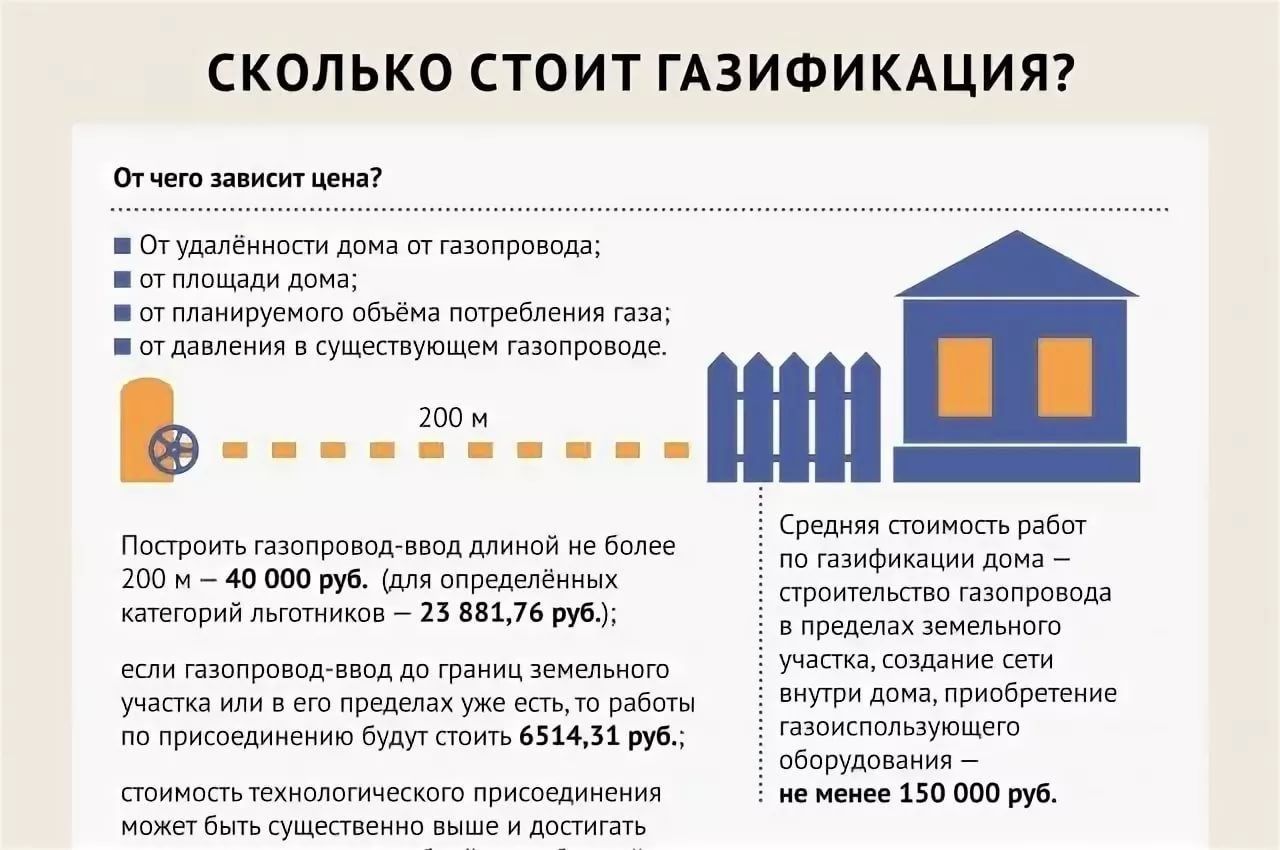
Gazprom promised that the complete gasification of Primorye will be completed in 2011.
According to the governor of Primorsky Krai (at that time) Sergey Darkin, gasification of the region will give a new qualitative impetus to the development of the economy of Primorye. And where is Mr. Darkin now with his promises? After him, the next governor of Primorye Vladimir Miklushevsky promised the same. And by, too.
Since 2018, the governor Oleg Kozhemyako has been on the farm.
Today in Primorye, the level of gasification of the region is a humiliating 0.7%. And even with the adopted gasification program for the next 5 years, this figure can grow to only 6.6%.
The new program for the development of gas supply and gasification of Primorye for 2021-2025 was signed by the Governor of Primorsky Krai Oleg Kozhemyako and the head of Gazprom Alexei Miller.
PJSC Gazprom undertakes to build 108 km of gas pipelines and 5 gas distribution stations (GRS), 194 km of inter-village gas pipelines.

Governor of Primorye Oleg Kozhemyako
The region should ensure the construction of 77 km of intra-village gas pipelines, prepare 554 households for gas reception.
And 4 years ago, 41 settlements were to be gasified, and the level of consumption was to be almost 2 billion cubic meters of gas per year. By 2020, it was promised to connect 252 settlements in Primorye with a consumption of 2.5 billion cubic meters of gas to the "pipe."
But all this so far remains only on paper.
Will the pipes "pass" by again?
In May 2020, Mr. Miller announced that Gazprom had begun design and survey work on the Power of Siberia-2 gas pipeline.
It followed from Gazprom's materials that the "pipe" is planned to be led from the west of Yamal to Krasnoyarsk, and the bulk of the route will be in the taiga. According to analysts, with such routing, the length of the pipe will be more than 2 thousand km, and the cost and complexity of the work will be comparable to the construction of the Power of Siberia gas pipeline.
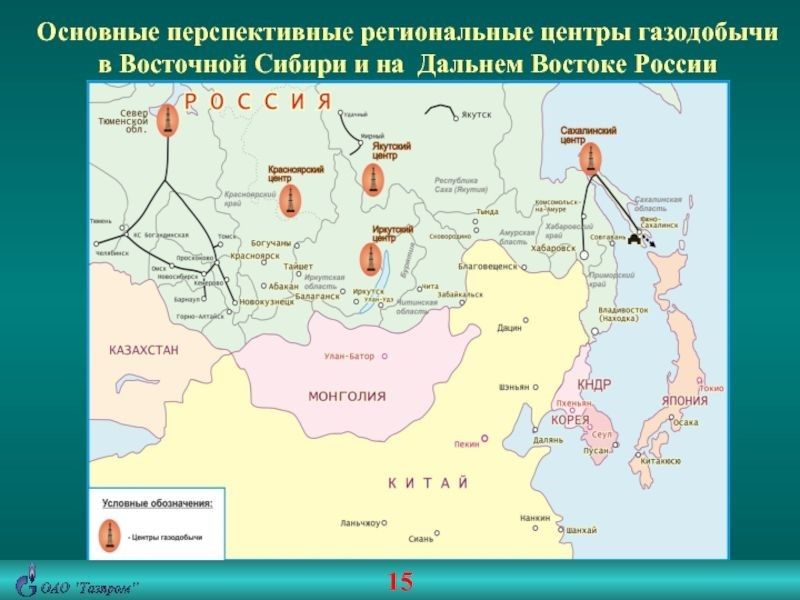
A transit pipe through Mongolia with a capacity of up to 50 billion cubic meters per year should connect the gas transmission infrastructure of the west and east of the Russian Federation, gasify Eastern Siberia. The project is called "Power of Siberia-2," the Mongolian part - "Union East."
But the possible route of the gas pipeline through the territory of the Russian Federation so far raises more questions than the Mongolian section. After all, the initial point of the gas pipeline will be the deposits of western Yamal - Bovanenkovo and Kharasavey. The central part of the pipeline south of Novy Urengoy is not parallel to the existing gas pipeline system in the direction of Surgut and Novosibirsk, but involves new construction almost along a straight line to Krasnoyarsk
This route is shorter, but also more difficult, since then the "pipe" will have to be led through the taiga, where there is no associated infrastructure.
But Gazprom has a network of gas pipelines from Nadym-Pur-Taz to Novosibirsk. And it could potentially be expanded with lupings for the sale of West Siberian gas supplies to China.
It is not yet clear whether Krasnoyarsk, whose gasification plans were prepared in Soviet times, will fall into the orbit of this gas pipeline.
And during the construction of the Power of Siberia gas pipeline, such a large city as Chita was never gasified.
Will it not work that way once again: gas will go through the pipes to Mongolia, from there to China, and residents of Magadan, Vladivostok, Yuzhno-Sakhalinsk, the Kuril Islands will patiently wait "by the sea weather"?


.jpg?v1626835524)
.jpg?v1626835524)